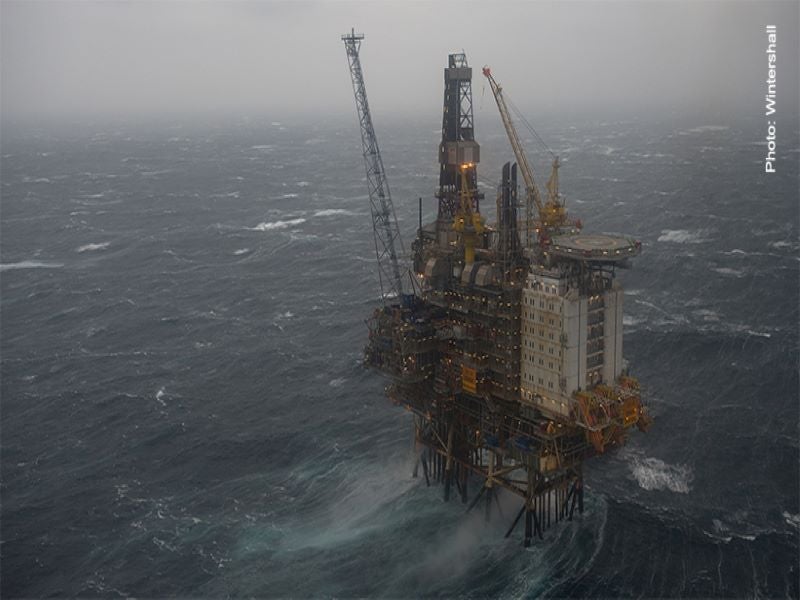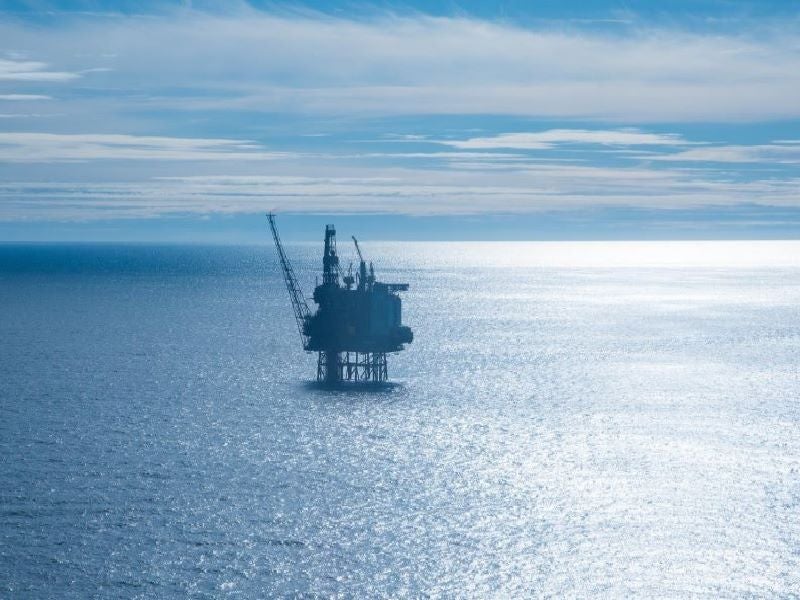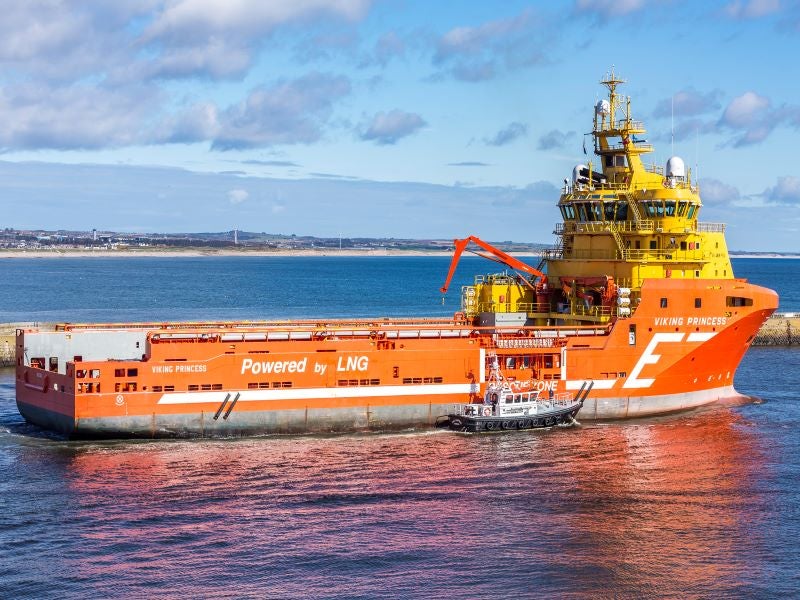The Brage oil and gas field located in the North Sea, Norway has been operational since 1993. Discovered in 1980, the field is anticipated to continue production until at least 2030.
Wintershall Dea is the operator and holds a 35.2% interest in the Brage field, while the other field development partners are Repsol Norge (33.84%), DNO Norge (14.26%), Vår Energi (12.26%), and Neptune Energy (4.44%).
Wintershall picked up a 35.2% stake and assumed operatorship of the Brage field through an asset swap deal with Equinor in 2013.
Lime Petroleum, a subsidiary of Singapore-based Rex International Holding, agreed to acquire a 33.84% interest in the Brage field from Repsol Norge in June 2021. Subject to government and regulatory approvals, the acquisition is expected to be completed in the fourth quarter of 2021. The acquisition will mark the first producing asset for Lime Petroleum on the Norwegian Continental Shelf.
Location and reservoir details
The Brage field is located in the Norwegian North Sea, approximately 120km northwest of Bergen, Norway. Encompassing blocks 31/4, 31/7, 30/6, the offshore field straddles over five licenses, including PL053B, PL055, PL055B, PL055D, and PL185. The water depth in the field area is approximately 140m.
The field’s reservoir comprises Early Jurassic sandstone formation in the Statfjord Group, Middle Jurassic sandstone in the Brent Group, and Upper Jurassic sandstone in the Sognefjord Formation. The reservoir lies approximately 2,000-2,300m beneath the seabed. The resource recovery is carried out through water injection in the Statfjord and Fensfjord formations, while water alternating gas (WAG) injection is employed in the Brent formation.
The field produces oil, gas, as well as natural gas liquids (NGL). The remaining reserves in the Brage field are estimated to be approximately 21.52 million barrels of oil equivalent (Mboe), according to the Norwegian Petroleum Directorate.
Brage field infrastructure
The field comprises multiple production and injection wells connected to a steel jacket platform with topside modules for production, drilling, and accommodation facilities. The hydrocarbon recovery from the mature field is being maintained through water and gas injection, as well as by drilling new wells.
A feasibility study is also being conducted for enhanced oil recovery (EOR) by injecting carbon dioxide in the Brage field.
The field’s oil output is sent through an export pipeline connecting the Oseberg field that lies approximately 10km west of the Brage platform. It is further transported by the Oseberg Transport System (OTS) to the Sture terminal, Norway.
The gas output is sent through a gas pipeline connected to Statpipe, which delivers gas to the Kårstø processing plant in Norway.
Recently awarded contracts
Wood bagged an engineering and construction services contract associated with the well hook-up on the Brage platform in 2018.
Odfjell Drilling was awarded a four-year extension to the platform drilling services contract on the Brage platform in December 2020. Odfjell Drilling was earlier awarded a firm contract for four years in December 2016, with options for two two-year extensions.
Eidesvik Offshore was contracted to provide supply vessel services to the Brage platform in October 2020. It deployed the supply vessel, Viking Princess, for a firm contract period of 12 months starting from January 2021.
Wintershall Dea Norge and Equinor entered into a vessel-sharing agreement for providing services to platforms close to Brage in 2020. As part of the agreement, Viking Princess also provides services to the nearby Veslefrikk, and Statfjord A, B, and C platforms.
In July 2020, Head Energy received an extension to a frame agreement for modification services at the Brage platform until 2022.
Separately, Head Energy also bagged a contract for the concept and FEED studies for energy optimisation at the Brage platform in March 2019.





